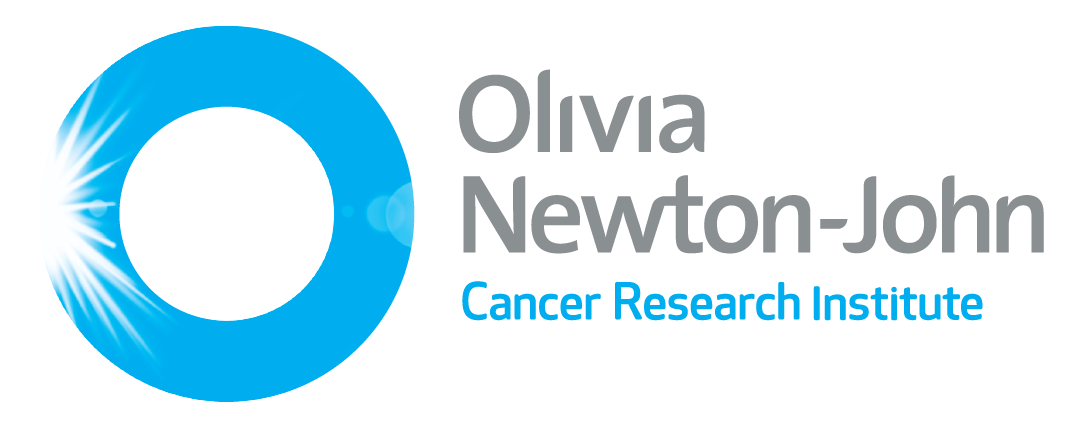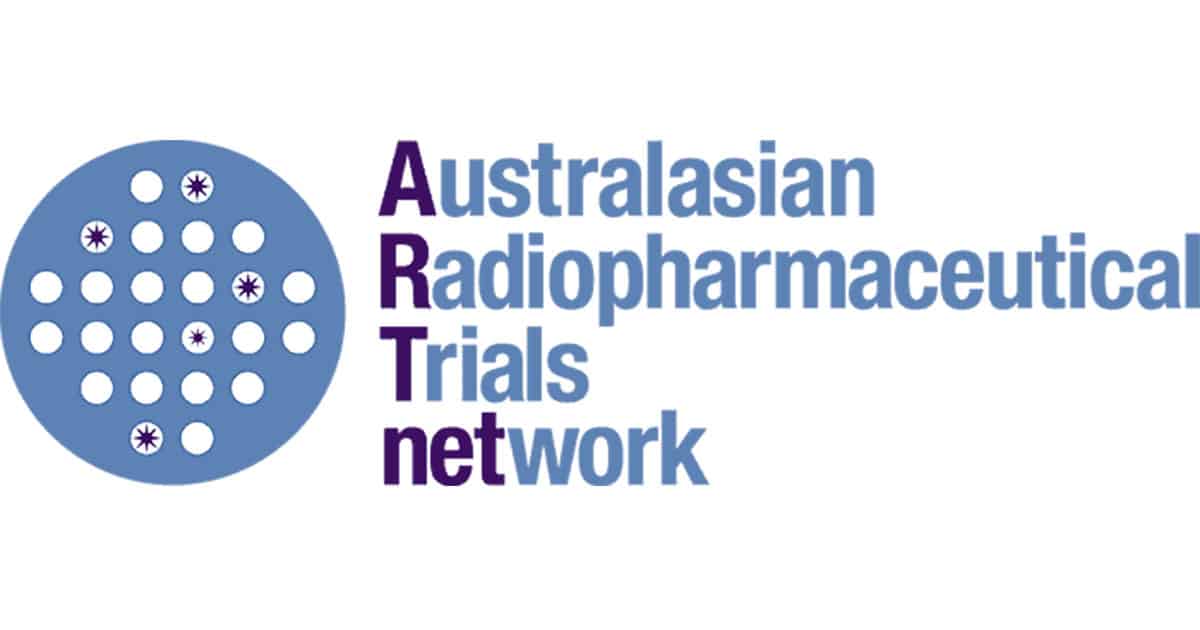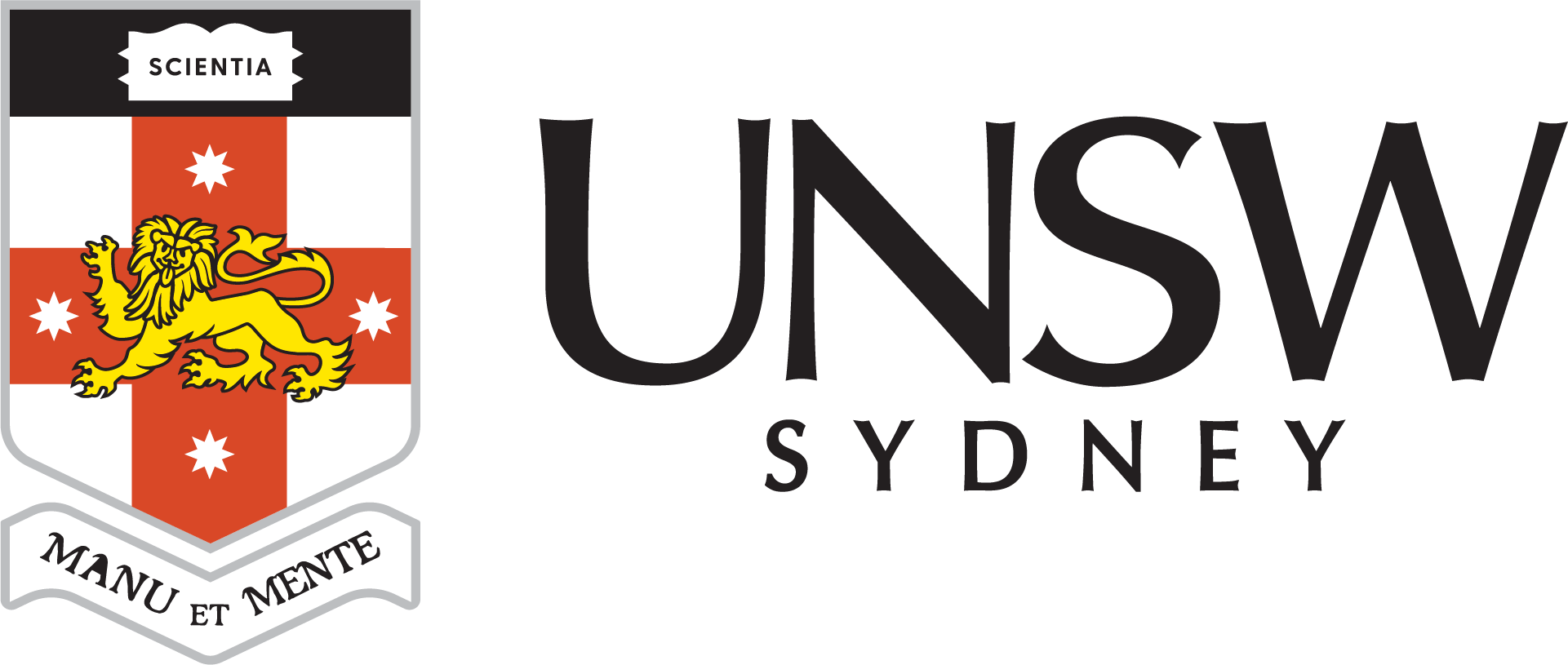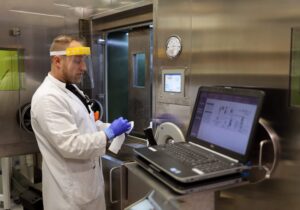Molecular Imaging Translational Network
The Molecular Imaging Translational Network is Australia’s largest research infrastructure team in molecular imaging and radiopharmaceuticals, spanning 9 PET scanners and 9 radiochemistry labs across 10 National Imaging Facility (NIF) Partners nationwide.
This national network provides streamlined access to world-class infrastructure and expertise in translational imaging and radiopharmaceutical development. Through collaborative research, the network strengthens Australia’s capabilities in imaging science and directly contributes to national health and innovation priorities.
A key focus is on high-burden diseases such as cancer and dementia, where advanced imaging can drive earlier diagnosis, better treatment, and improved outcomes.
Objectives: Collaboration, Translation
The Molecular Imaging Translational Network is designed to accelerate the translation of preclinical discoveries into human studies and clinical trials. We do this through three core pillars:
- a seamless, single front door for accessing imaging infrastructure and expert support
- national coordination and governance, purpose-built for multi-institutional collaboration
- deep integration with Australia’s leading imaging user communities – including clinical trials groups, neuroscience and oncology consortia, and industry partners.
Our coordinated teams work on shared national challenges, including:
- harmonisation of imaging protocols and PET scanner standards to support consistent, high-quality multi-site clinical trials
- standardised radiochemistry protocols for efficient transfer of novel radiopharmaceuticals across sites
- digital infrastructure for imaging data, including automated analysis pipelines that ensure reliability and reproducibility.
Network Partners
The Molecular Imaging Translational Network is possible through investment by the Australian Government’s National Collaborative Research Infrastructure Strategy (NCRIS) and co-funding from 10 partners:
- The network’s Coordinating Partners oversee network activities.



- Our National Research Partners connect us with user communities, engaging with expert clinicians for translational development, patient advocacy groups, and clinical trial groups.


- Our Institution Partners contribute their expertise and infrastructure to network activities.



Governance
The Molecular Imaging Steering Committee ensures scientific and technical oversight, accountability toward activities’ progress, and that NIF’s commitments to the network are aligned with Australia’s research priorities and NIF’s strategy. The current chair is Professor Andrew Scott AM.
Major Activity Streams
Cancer and Oncology
The Molecular Imaging Translational Network is harmonising PET scanning procedures across participating sites in Australia, broadening support for a range of clinical trials and working toward enabling easier access to new cancer diagnostics and therapies for patients.
Radiopharmaceuticals and Radiochemistry
The network supports the rapidly growing field of nuclear medicine and theranostics – personalised approaches that combine diagnostic imaging with targeted radiotherapy. Working with research and industry, the network improves access to novel radiopharmaceuticals.
Neurology, Neuroscience and Dementia
The network helps researchers test emerging treatments for dementia by advancing scanning techniques and developing an improved, standardised scale for measuring Alzheimer’s disease progression across sites and studies.
Access the Network
NIF and the Molecular Imaging Translational Network are open access to research and industry. Program and project leaders, researchers, clinicians, and industry project leaders are welcome to contact us about accessing the network’s capabilities.

Facilities and Instruments
Radiochemistry
Contact Us
How can the Molecular Imaging Translational Network support your research? We look forward to talking with you about your project ideas.
You can send your ideas and questions to us via our contact form, or speak to a network coordinator:
- Rishma Vidyasagar (email Rishma)
- Peter Bugeia (email Peter)